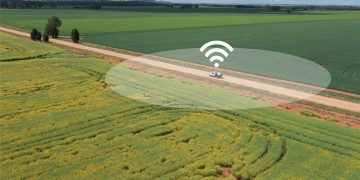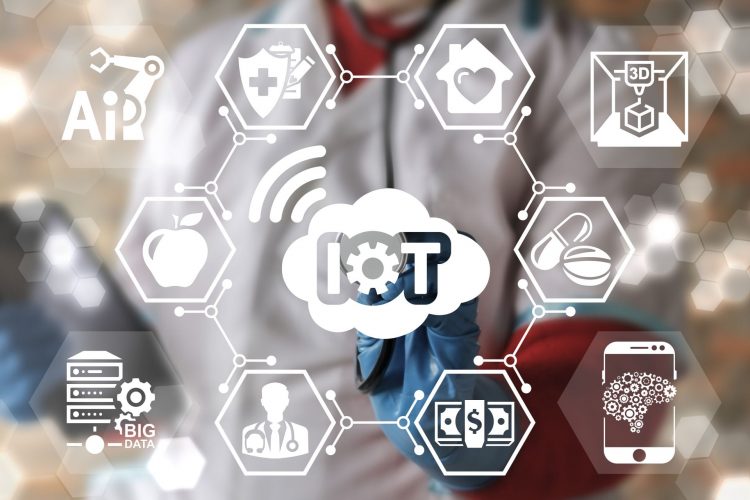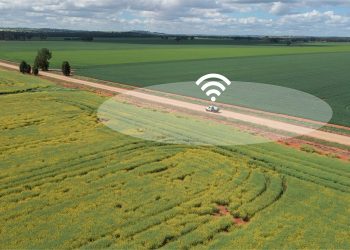The Strategic Imperative
The World Health Organization (WHO) has declared a global health emergency due to the rise in the number of infected people from the Wuhan coronavirus. As of January 30, 2020, over 8,000 people have, reportedly, been infected with the virus. The virus has spread across every province of China and has been detected in over 20 countries.
The question of our time: how can technology aid in curbing the spread of infectious diseases that have the potential to create panic and kill millions of people?
The Potential of IoT in Infectious Disease Control
The Internet of Things (IoT), a network of interconnected systems and advances in data analytics, artificial intelligence (AI) and ubiquitous connectivity, can help by providing an early warning system to curb the spread of infectious diseases. In the Asia-Pacific region, China leads the way in IoT adoption followed by Japan, the country is anticipated to spend $254.6 billion in IoT by 2025.
The simple answer might for enterprises, cities, and national governments to collectively create a massive global network of sensors to detect viruses. However, this would require planning and implementation on a global scale that would tax the very foundations of democracy and obligate governments to place the needs of the planet ahead of the needs of their citizens. The most logical solution is often the most difficult to implement. The amount of planning required to make this solution a reality would, arguably, make it one of the most significant achievements in the history of mankind. While I am an inherently optimistic person (while also realistic), I find this to be the “holy grail” of IoT opportunity in the long term.
So what are some of the practical ways that IoT can help in the near term? The first step in infectious disease control is detection. While a global network of sensors is unlikely to happen in the foreseeable future, China does have the ability to implement such a network in the country. China has a history of implementing wide-area IoT solutions (i.e. video surveillance) on a scale that has never been seen before. So why not a network of virus-detection sensors? Couple that with facial recognition and location, existing surveillance cameras to identify, trace, and monitor people that may have contracted the coronavirus. An added layer would be to also track every individual that an infected patient contacted. While this may sound like a police state to many,, ultimately, leveraging IoT and AI may be the most logical way to prevent highly infectious diseases from spreading rapidly in a world that is getting smaller every day with air travel.
So what now?
There are some short and long term opportunities and recommendations to restrain the expansion of the coronavirus. In the short term, continued diligence in monitoring every ‘compromised’ individual as they go through customs at airports and/or border crossings. Leveraging AI-sensors to help with targeted quarantines and quick treatment to mitigate the spread the coronavirus. Long term, the United Nations, W.H.O., as well as other global agencies can start the process of gaining buy-in from governments across the world to develop an early detection system to uncover these infectious diseases before they become global emergencies. Global emergencies have a tendency to create economic uncertainty and increase volatility in stock markets. The global detection system can reduce uncertainty in the market and provide governments with the economic incentive to act fast in tackling the issue of global health emergencies and pandemics.

for developers and enthusiasts







